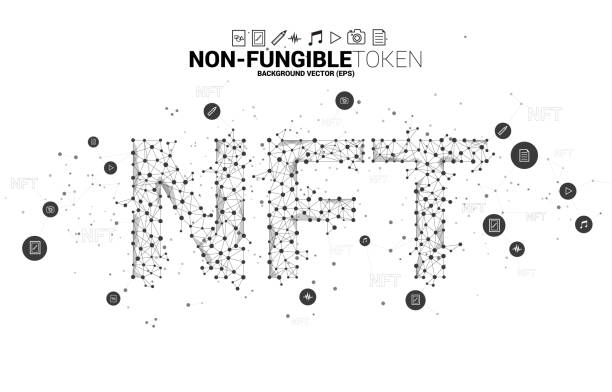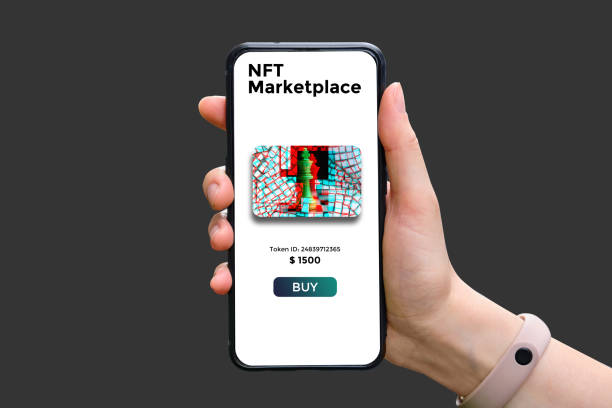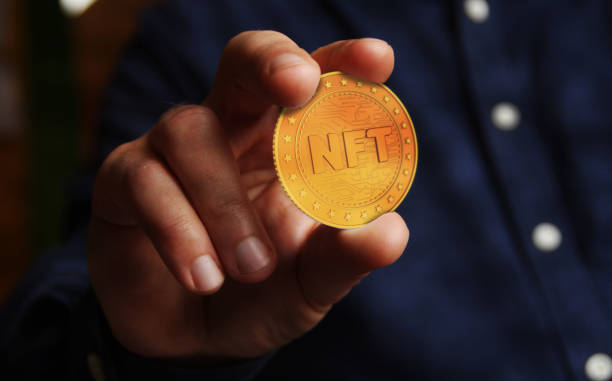A cryptographic token known as a Non-Fungible Token (NFT) is one that cannot be copied. In 2021, the NFT market saw a significant increase in interest, and the trend is expected to continue in 2022. NFT projects like Bored Apes Yacht Club and CryptoPunks have sparked a new wave of interest in digital art and games in the crypto community.
The NFT floor price refers to the minimum amount of money that must be invested to acquire ownership of an NFT or become a holder of a project. The originator of an NFT sets the initial floor price, and the market sets the final price once the NFT has reached secondary marketplaces.
Please read on to learn more about NFT floor rates and how they might benefit your business.

What is the Floor Price?
What is the purpose of the floor price? The name, on the other hand, speaks for itself. For example, an NFT collection’s “floor price” is the lowest-priced NFT available. The term “Entry Price,” which is technically the same as the word “Floor Price,” is often used.
Consider an NFT collection to be a group of hoodies that are made by the same company since this will help you understand it better. Many choices await you when you visit the store of that particular brand. It’s true, however, that some of the hoodies from that brand are more sought-after and more pricey. Even while all hoodies serve the same purpose, they do not all cost the same. The same holds true for NFTs from the same collection, as well.
Similarly, the Floor Price refers to the least expensive hoodie from a particular brand or collection that you particularly enjoy.
The following are the many forms of floor pricing you’ll encounter on the NFT market, along with some implications for you as a buyer:
Real Value
In the market, prices are updated in real-time. This means that prices can fluctuate based on the actual market value at any given time. The price at which an NFT can be sold is known as the floor price.
Most buyers and sellers base their decisions on the current real-time value. Real-time floor pricing, of course, fluctuates in various ways and for many different causes.
Reduce Floor Pricing
It’s not always a terrible thing when the floor price of an NFT drops; in fact, it happens rather frequently. The value of an NFT is determined by a variety of elements, all of which are dynamic and ever-changing. New advancements in the project, new ownership, and new services might all be factors to consider.
There is no reason to fear if the floor drops in an NFT project. Research why the project’s value is dwindling and take your time doing so. If a terrible event has occurred and investors are unwilling to retain their money invested, you may want to think about selling your NFT before it loses all its value.
The most likely reason for the lack of interest in an NFT project is that people are impatient and have withdrawn their money to invest in other initiatives, known as “paper hands,” because of their lack of interest in the project.

Increasing the Floor Rate
This is a good thing for a number of reasons, but it isn’t always the case. This can happen because the project’s progress is progressing, or it can be a marketing ploy to boost interest in the project by artificially raising its floor price.
Do not rush to invest in an NFT’s price if you observe it’s rising. Take your time to figure out why it’s pumping. Assuming you do not intend to sell the NFT immediately for a profit, make certain that whatever is driving up the price will be sustainable.
Also, it’s not always a good idea to acquire an NFT at a higher price because you’re spending more. When a project’s price drops, it’s usually a good time to invest, provided the price drop isn’t the result of some negative event.
How Is NFT Floor Pricing Determined?
You may wonder why the NFT market is so volatile and what actually decides an NFT’s floor price, given all the ups and downs.
The calculation of a floor price is influenced by a wide range of factors, including:
The need for the NFT
When setting an NFT’s floor price, demand for the NFT is an obvious aspect to think about. An NFT’s floor price is determined by the demand for it. The market will likely cut the price if there is little demand.
Gary Vee, a serial entrepreneur, and Web3 pioneer has spoken frequently on the NFT market’s supply and demand. When it comes to both buyers and sellers, focus on demand first.
NFT’s value
The floor price of many early-market NFTs has fallen as a result of the lack of genuine value they deliver to investors. A higher floor price is experienced by those who have used NFTs successfully to develop successful brands and deliver genuine value and utility to their holders than NFTs with no value being provided.
That’s why asking yourself “why” before buying an NFT is critical. Is it useful in the actual world for you in any way? Why are you buying it?
There is no right or wrong answer here; it all boils down to what you want to accomplish with your NFT, your previous experience, and your ability to move fast and decisively based on those goals.

The brand’s or creator’s reputation
When a well-known person releases an NFT in the market, the floor price is likely to be higher. As a result, people are more likely to buy from someone they know and trust than they would be if they were buying from someone they’ve never heard of.
However, this does not rule out the possibility of well-known companies and inventors offering NFTs at a higher floor price if they so desired.
Conclusion
In this post, we discussed the significance of NFT floor pricing and how to modify an NFT project’s floor price.
Our goal is to provide you with all the information you need to fully grasp the NFT floor price concept.
Take into consideration other criteria, like market capitalization, when valuing an NFT project. The uniqueness of an item can be programmed, and the provenance, community, and history of a project can all be interpreted subjectively.
